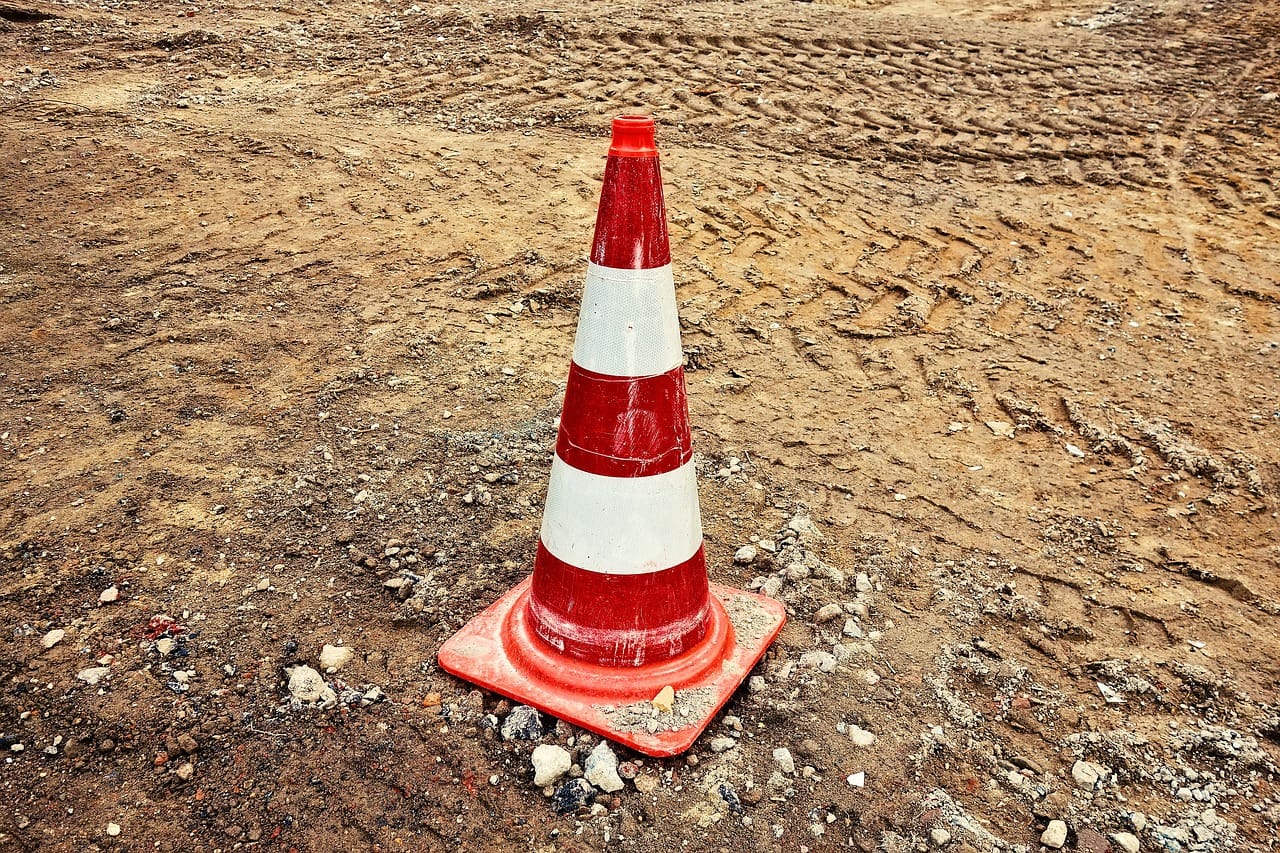In our bustling modern lives, a significant portion of our waking hours is spent at work. Whether it’s the office, the construction site, the factory floor, or any other workplace, the question of our safety is of paramount importance. The likelihood of suffering an injury at work is a topic that holds immense significance not only for employees but also for employers, safety regulators, and society as a whole. Let’s dive into the intricacies of this subject, explore the factors that contribute to workplace injuries, and shed light on how we can mitigate these risks.
The Reality Check: How Often Do Serious Injuries Occur at Work?
Accidents can happen anywhere, but the workplace is a particularly common setting for them. In the UK, for instance, statistics released by HSE (Health and Safety Executive) shows that 565,000 suffered injuries at work between 2021 and 2022. From these accidents, 123 proved to be fatal. These statistics paint a vivid picture of the challenges faced in ensuring workplace safety. From slips and falls to machinery-related incidents, the workplace can sometimes become a breeding ground for mishaps.
However, it’s essential to put these numbers into context. While the numbers might seem alarming, they are a testament to the broader scale of economic activity rather than a reflection of inevitable danger. Workplaces encompass a wide array of industries and job roles, each with varying levels of inherent risk. For example, a construction site might pose more risks than a typical office environment due to the nature of the work involved. As a result, the overall likelihood of suffering an injury at work can vary significantly depending on the specific industry and job role.
Unravelling the Factors: How Would I Most Likely Get Injured While Working?
The path to understanding workplace injuries begins with recognising the various factors that contribute to them. These factors range from the physical environment to human behaviour and organisational practices. Here are some key elements to consider when assessing the risk of injury at work:
Physical Environment
The physical layout of a workplace plays a crucial role in determining the likelihood of injuries. Cluttered walkways, inadequate lighting, and poorly maintained equipment can all contribute to accidents. For instance, a dimly lit hallway might lead to a trip and fall incident, causing injuries that could have been prevented with proper lighting and maintenance.
Training and Education
Employee awareness and training are paramount in minimising the risk of injuries. When employees are well-informed about potential hazards and safety protocols, they are better equipped to navigate their work environment safely. Proper training can empower employees to use machinery correctly, handle hazardous materials, and respond effectively to emergencies.
Workplace Culture
A culture that prioritises safety can significantly impact the likelihood of suffering an injury at work. When employees and employers alike make safety a core value, it leads to a collective effort in identifying and addressing potential risks. Open communication about safety concerns fosters an environment where everyone is invested in maintaining a secure workplace.
Personal Protective Equipment (PPE)
In industries where exposure to hazards is inevitable, the use of personal protective equipment becomes crucial. Whether it’s helmets, gloves, or safety goggles, these gear serve as a vital defence against potential injuries. However, the effectiveness of PPE depends on proper usage and maintenance.
Mental and Physical Fatigue
Long working hours and mental fatigue can compromise an individual’s ability to remain alert and focused. In jobs that demand high levels of concentration, such as driving or operating heavy machinery, fatigue can increase the risk of accidents. Adequate rest breaks and managing workload can help mitigate this risk.
Striving for Safety: How Can We Mitigate the Likelihood of Workplace Injuries?
While workplace injuries are a reality, they are by no means an inevitability. The onus lies on both employers and employees to create a safe working environment. Here are some steps that can be taken to reduce the likelihood of suffering an injury at work:
Risk Assessment and Prevention
Employers should conduct thorough risk assessments to identify potential hazards. By pinpointing areas of concern, preventive measures can be put in place. This could involve redesigning workspaces, implementing safety protocols, and ensuring proper training.
Education and Training
Equipping employees with the knowledge and skills to navigate their work environment safely is essential. Regular training sessions that cover safety protocols, emergency procedures, and proper equipment usage can make a significant difference in reducing the risk of injuries.
Promoting a Culture of Safety
Creating a culture where safety is a shared responsibility can lead to positive outcomes. Encouraging employees to report potential hazards without fear of reprisal fosters an environment where problems are addressed before accidents occur.
Regular Equipment Maintenance
Machinery and equipment should be regularly inspected and maintained to ensure they are in optimal working condition. Faulty equipment can lead to accidents that could have been prevented with routine checks.
Work-Life Balance
Employers should strive to promote a healthy work-life balance. Preventing overwork and fatigue can go a long way in preventing accidents caused by lapses in concentration due to exhaustion.
Making an Accident at Work Claim
In cases where workplace injuries do occur, employees have the right to seek compensation through accident at work claims. These claims are designed to provide financial support for medical expenses, lost wages, and other costs incurred due to the injury. It’s important to follow the appropriate legal procedures when making a claim, as regulations vary by jurisdiction. Getting in touch with us at National Claims should be your first port of call. Our helpful claims specialists will be able to guide you through the claims process.

Conclusion
The likelihood of suffering an injury at work is a complex issue influenced by numerous factors. From the physical environment to individual behaviour, each element plays a role in shaping the safety landscape of a workplace. By acknowledging the risks, promoting education and prevention, and fostering a culture of safety, we can strive to make our workplaces safer spaces for everyone. Remember, it’s not just about statistics – it’s about individuals, families, and communities coming together to ensure that everyone returns home safely after a day’s work. And in the unfortunate event of an injury, understanding the process of making an accident at work claim can help provide the necessary support during challenging times.
Contact us today to find out more about how to start your claim and learn more about what we do at National Claims.
Click below to see why we are one of the most trusted claims management companies in the UK.

We’re proud of our excellent customer reviews
We thrive on delivering exceptional service and ensuring our clients’ satisfaction. Don’t just take our word for it. Check out some of our independent reviews to see what our clients have to say.
Excellent

This firm is excellent, they sorted out my car pay out and injury claim very fast, they always communicate with you all the time.

My accident case was dealt with confidence and with great result of the outcome, especially James kept me informed all the time.

I was very impressed at the way my inquiry was treated. I was listened to attentively and everything I needed to know was explained to me.






